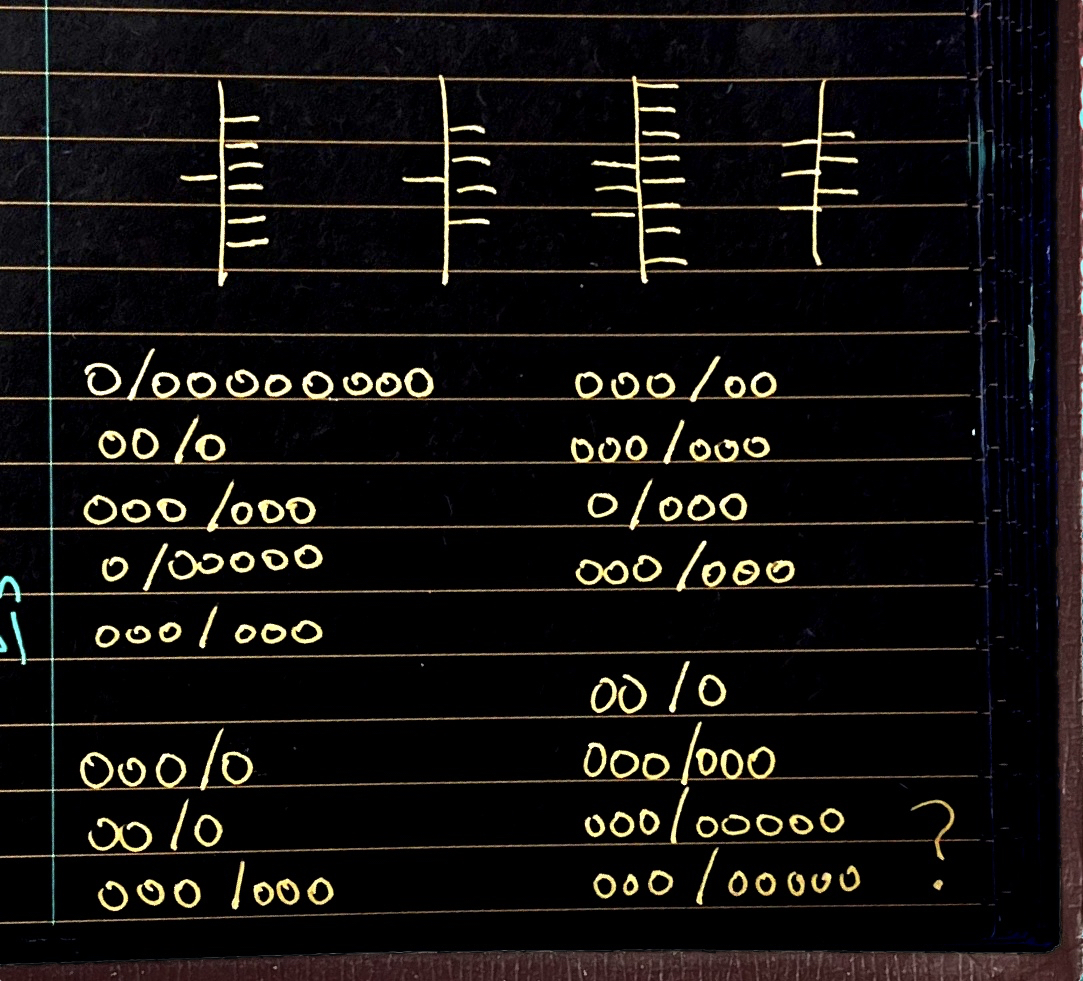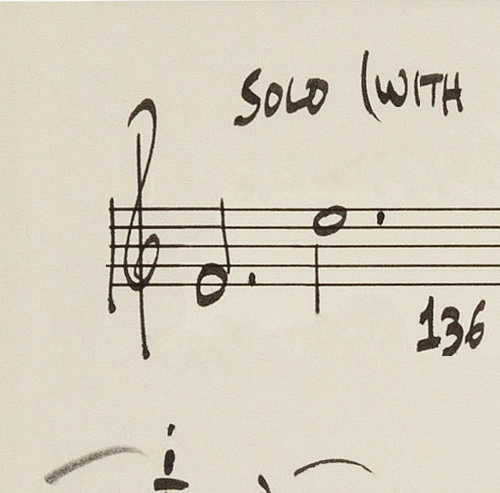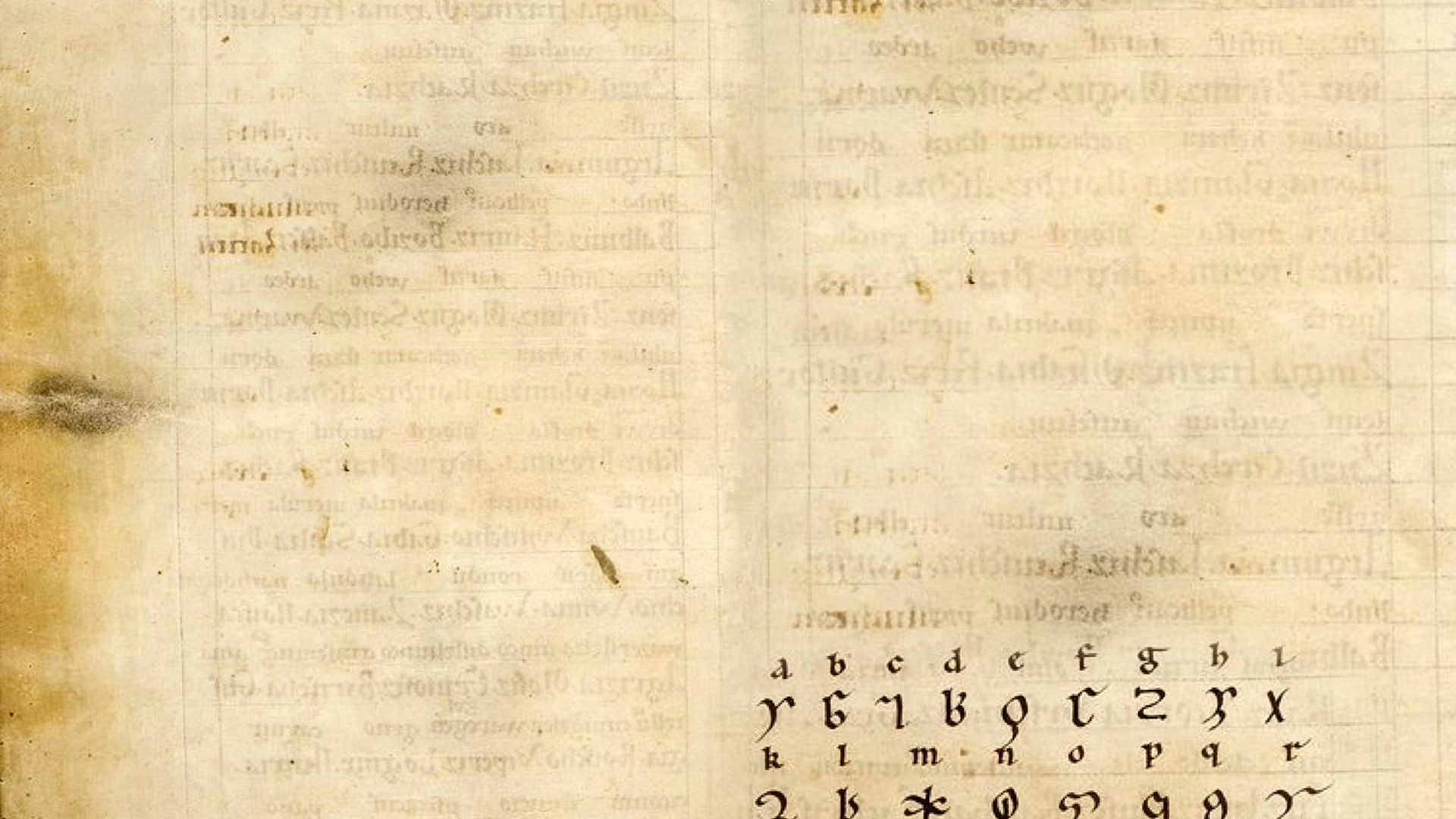 The rune carvers, the people who knew the Rune Poem by heart, probably sang it. There’s a lot of evidence for that, not to mention putting a story to music makes the retelling easier to remember. We can all sing along, others joining in where memory fails. Poetry has beats and rhythm and we sing ours too, but we don’t call it poetry when we do that. We have another word for that. Language takes all the music out of poetry. Language did not take language out of music.
The rune carvers, the people who knew the Rune Poem by heart, probably sang it. There’s a lot of evidence for that, not to mention putting a story to music makes the retelling easier to remember. We can all sing along, others joining in where memory fails. Poetry has beats and rhythm and we sing ours too, but we don’t call it poetry when we do that. We have another word for that. Language takes all the music out of poetry. Language did not take language out of music.
Music has an alphabet of its own: the letters are notes. And these notes we arranged into groups of eight. Octaves. Take a note, think of a sound. It’s got a letter, but from such a short alphabet. Now hum it. Hum it steady, you sound terrible because you are not actually doing it out loud. Do it. There you go. Your note, that sound, is the sound of your vocal cords vibrating. Double the vibration rate, multiply that number by two, and you have the sound of the same note, eight notes away. An octave. Cut the rate in half, divide by two, and you get the same note in the other direction, eight notes lower. Hear it? It sounds like math. Each group of eight is a scale, and each doubled or halved vibration rate forms a new starting point of a new scale. Try them together: the same note eight notes away, they harmonize. You can go either direction with this, our voices can reach three octaves.
The Old English Rune Poem, this little alphabet song, has octaves too. The runes are arranged in three rows of eight, three octaves, with a bunch of vowels tacked onto the end to get to 29 total. That’s our number for it. We did that, numbering the runes 1 to 29. The runes are really numbered a different way: by which octave it sits in and what place in it. Feoh, Wealth is 1.1, it is the first note in the first octave that ends with1.8 Wyn, Joy. One octave away from Feoh at spot 2.1 is Hægl, Hail, which can really really pummel away any wealth you might be holding in a crop, and one more octave away is 3.1 Tiw whom you can depend on in a battle over resources, which is what most of their battles were about.
They used to play with rune code in manuscript drawings: they would hide coded meaning in main images and doodle it into the margins. A decoration might have one of something on this side and one on that side for F and so on, a figure might show three fingers on one hand and five on the other for the letter L and be grouped with others to spell out a word. The runes hold a numeric code, hidden in plain sight. Did they sing in code too? Could you know the letter by listening to the note? Could they hum messages in this way just through sound? Well they could, but did they? We don’t know. There is no plain sight for this. The answer is hidden forever.



